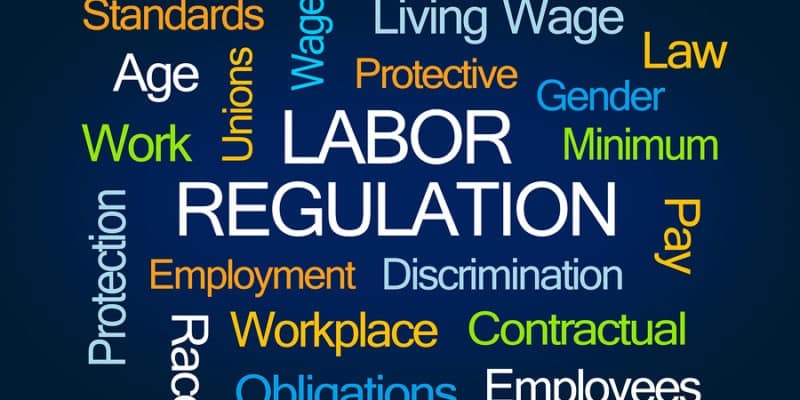April 30, 2019 12:00 AM
Barrie Smith
All construction workers in New York-union or nonunion, male or female, black or white-deserve the right to a fair wage for their hard work.
That’s why all New York construction workers critically need prevailing wage legislation. A loophole in the current definition of public works allows bad-actor contractors to receive millions in taxpayer subsidies for projects while paying workers poverty-level wages.
Despite the universal applicability of this legislation to construction workers, a misinformed narrative that prevailing-wage legislation would negatively impact people of color by favoring union labor somehow persists-often perpetuated by white, nonunion workers. This argument shows a fundamental misunderstanding of how to best serve the interest of people of color, a complete lack of knowledge regarding the increasingly positive role of the building trades in the effort for civil rights in New York, and, frankly, a rudimentary understanding of the bill itself.
Lack of diversity in the building trades is a thing of the past. The social justice community accepts this as fact. The truth is that today, people of color benefit from greater opportunity for higher wages and benefits, a lower racial wage gap and less wage discrimination than in nonunion construction.
The numbers clearly back this up. A 2017 report by the Economic Policy Institute, Diversity in the New York City Union and Nonunion Construction Sectors, showed that more than half of unionized construction workers are people of color. Black workers in particular have a 5% higher share of employment than in the nonunion sector.
And not only are there more jobs for people of color in unions, but the jobs are better. Black workers earn 36.1% more per hour than those in the nonunion sector. Hispanic workers earn $8 more per hour.







